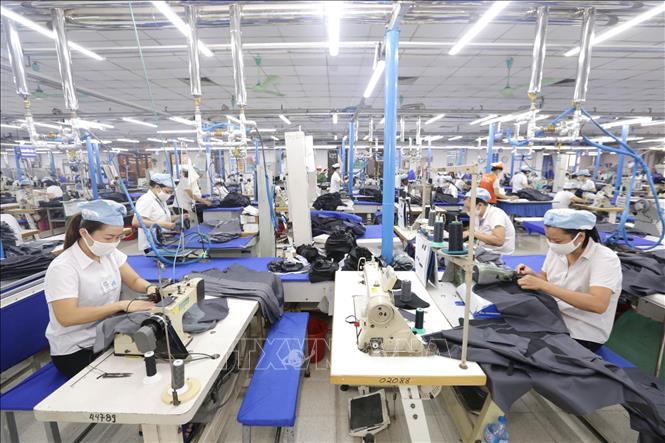
Quality Infrastructure (QI) and quality challenges play an important role in global integration. QI is considered the backbone of the textile industry in international trade, as ASEAN textile exports are increasingly influenced by global regulatory initiatives that integrate sustainability, digital traceability and social responsibility into trade requirements. Therefore, defining QI is important, redefining market access conditions through mandatory criteria to ensure quality in modern, export-oriented textile production.
Strengthening Quality Infrastructure (QI)
The post-COVID-19 pandemic has reshaped global trade dynamics through a number of structural changes, production shifts and supply chain diversification as well as growing consumer awareness of environmental and social compliance. The textile and apparel industry, as one of the key industries in many ASEAN countries, is facing major challenges due to the rapid changes in international regulations on environment, sustainability and product traceability. This shows that the ASEAN region needs to quickly develop strategies to strengthen Quality Infrastructure (QI) because the impact of QI on competitiveness is very large.
Mr. Kyaw Soe Lwin, Vice Chairman of the ASEAN Consultative Committee on Standards and Quality, emphasized: The textile and garment industry plays an important role in the ASEAN economy , providing supply, creating livelihoods for people and contributing significantly to the region's export performance. Strengthening quality infrastructure in the areas of standards, metrology, accreditation and conformity assessment is key to ensuring that ASEAN products meet the expectations of the global market and maintain competitiveness.
According to the ASEAN Secretariat report, in 2024, the textile and garment industry will contribute about 8% of ASEAN's GDP, accounting for 7% of ASEAN's total export turnover, with 4 main exporting countries: Vietnam, Indonesia, Thailand, and Cambodia. ASEAN's exports to the United States are 30-40% higher than those to the EU. Imports from the EU/United States to the ASEAN region are increasing slowly, focusing on high-end textiles, technology, and testing machinery, showing ASEAN's dependence on upstream quality inputs. However, apparel dominates ASEAN's exports but only focuses on low value-added, with weak QI capacity in spinning, dyeing, and finishing. Therefore, building and raising awareness of Quality Infrastructure (QI) for the ASEAN region is a strategic step, becoming a key and decisive factor to help ASEAN textile and garment enterprises improve their competitiveness, meet the requirements of major export markets, and move towards more sustainable development.
At the recent meeting "Raising awareness of national quality infrastructure for the textile and garment industry in the ASEAN region", Ms. Dinh Thi Thuy, Hanoi University of Industry and Trade, said: The implementation of QI with a chain of 5 linked pillars including: "Standardization" - "Measurement" - "Accreditation" - "Conformity assessment" - "Market monitoring" will ensure environmental efficiency, chemical safety, and no toxic substances according to world standards... to promote regional cooperation on quality, meeting the requirements of major export markets, in the context of ASEAN countries' efforts to integrate more deeply into the global value chain. In recent times, many countries have diversified their supply chains and shifted markets as part of a strategy to diversify supply sources. This shift strengthens ASEAN's role as an alternative and resilient production base in the global textile and garment network.
However, the technical and QI compliance challenges to manage chemicals in line with export markets are limiting ASEAN’s participation in high-value, sustainable and technical textile segments where compliance and certification are prerequisites for market entry. Therefore, raising awareness and implementing QI to extend traditional indicators such as tensile strength, colorfastness and dimensional stability with assurance of environmental performance, chemical safety, and absence of hazardous substances according to world standards such as: REACH, ZDHC MRSL, OEKO-TEX100. In addition, ensuring circularity and recyclability according to life cycle assessment ISO 14040/44… and verified through conformity assessment and certification.
Promoting cooperation on harmonized export QI framework
Quality Infrastructure (QI) is a key factor in determining high value, instead of ASEAN exporters who previously only stopped at low value added, QI is a key factor in shaping ASEAN's competitiveness in the high-end textile market. Countries that have cooperated and have strong QI systems such as Vietnam and Thailand have recorded an average textile export value 1.5 - 2 times higher than countries without QI systems, showing that the strength of QI is directly correlated with the level of sophistication in exports and the ability to create export value.
Therefore, parallel investments in technical infrastructure and digital transformation in QI in the ASEAN region should prioritize both the physical modernization of laboratories and the digital integration of quality systems. A “Digital QI Platform” should be developed to connect accredited laboratory databases, product traceability systems and share digital certificates among member countries, contributing to improving efficiency and supporting transparency in regional supply chains.
FTAs such as RCEP, CPTPP and EVFTA are opening up new spaces for technical standards integration and QI cooperation, bringing ASEAN’s production base in line with advanced markets because the common advantage of the ASEAN region today does not only depend on cheap labor but also increasingly depends on quality assurance, compliance with sustainable QI systems to meet global market demands. Currently, global regulations are moving towards traceability-based QI systems, in which every product must be digitally identified, chemically safe and ethically sourced.
Technical challenges for SMEs in ASEAN often include lack of access to ISO/IEC 17025 accredited laboratories, resulting in re-testing and higher transaction costs, thus, strategic alignment of the ASEAN QI Framework encourages mutual recognition (MRA) and digital QI integration to minimize duplicate testing and enable cross-border acceptance of certificates, said Andrei Sbrisny, Coordinator of the German Federal Institute for Technical Physics for the Project “Raising Awareness on National Quality Infrastructure for the Textile and Apparel Industry in the ASEAN Region”.
Currently, capacity building for PFAS policy detection (EU), Digital Product Passport (DPP) data platform and digital compliance database are priorities in regional cooperation, as countries with ISO/IEC 17025 accredited laboratories show 20-30% lower non-tariff compliance costs, so delays in accepting cross-border test reports can add 5-7 days to export clearance time, so the lack of chemical analysis capacity for PFAS, azo dyes... leads to outsourcing of samples to EU laboratories at costs of up to 600 USD/test.
According to Mr. Andrei Sbrisny, the QI requirements with pillars are not only a barrier to compliance but also a shift for the textile industry towards sustainable and responsible development, reshaping the future of the industry and sustainable development. Therefore, the Project "Raising awareness of national quality infrastructure for the textile industry in the ASEAN region" continues to support member countries to implement synchronously to address the gap in QI.
Source: https://baotintuc.vn/kinh-te/qi-nganh-det-may-quyet-dinh-san-xuat-hien-dai-huong-toi-xuat-khau-20251114120629126.htm






![[Photo] Unique architecture of the deepest metro station in France](https://vphoto.vietnam.vn/thumb/1200x675/vietnam/resource/IMAGE/2025/11/14/1763107592365_ga-sau-nhat-nuoc-phap-duy-1-6403-jpg.webp)
![[Photo] Unique art of painting Tuong masks](https://vphoto.vietnam.vn/thumb/1200x675/vietnam/resource/IMAGE/2025/11/14/1763094089301_ndo_br_1-jpg.webp)






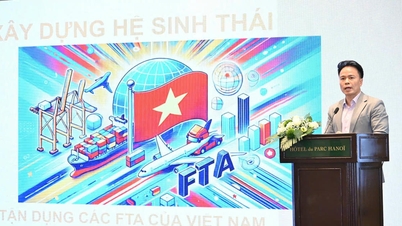

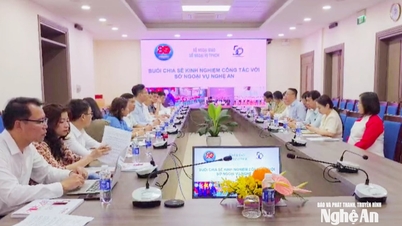

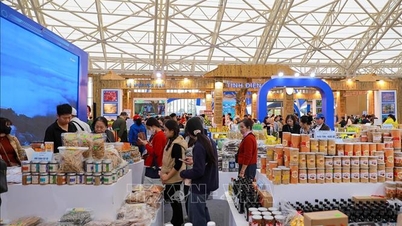
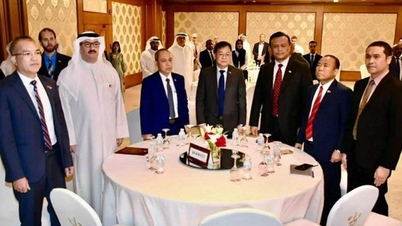

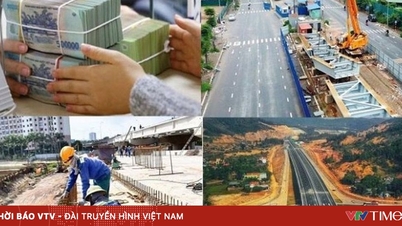

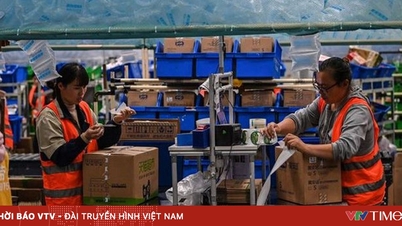

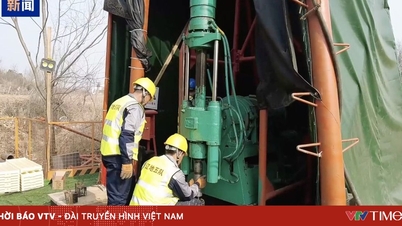
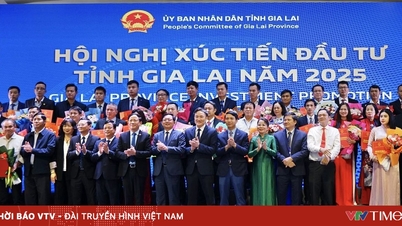




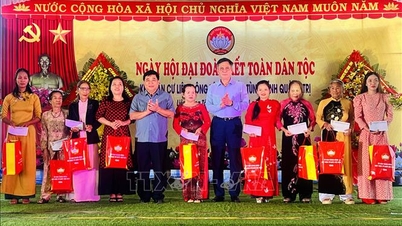
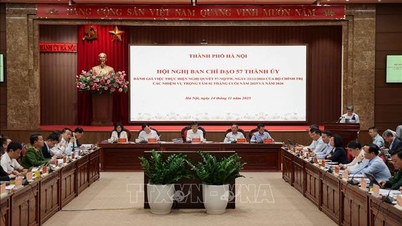



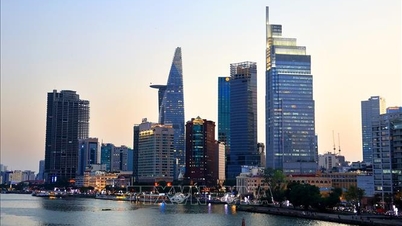
![[Photo] Special class in Tra Linh](https://vphoto.vietnam.vn/thumb/1200x675/vietnam/resource/IMAGE/2025/11/14/1763078485441_ndo_br_lop-hoc-7-jpg.webp)












































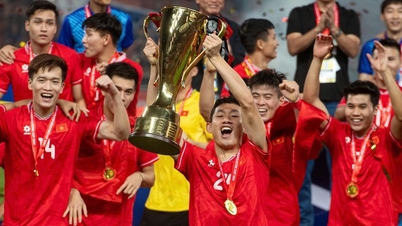
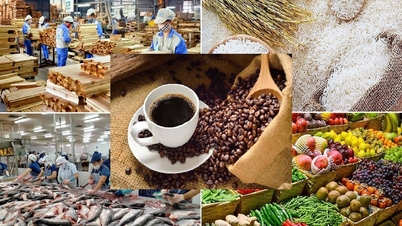


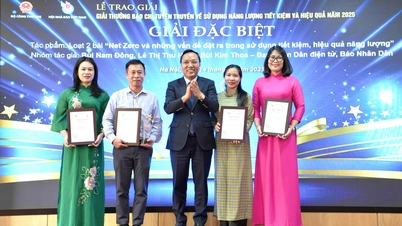

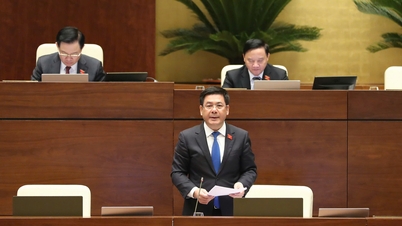







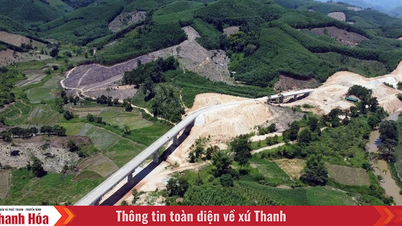















Comment (0)